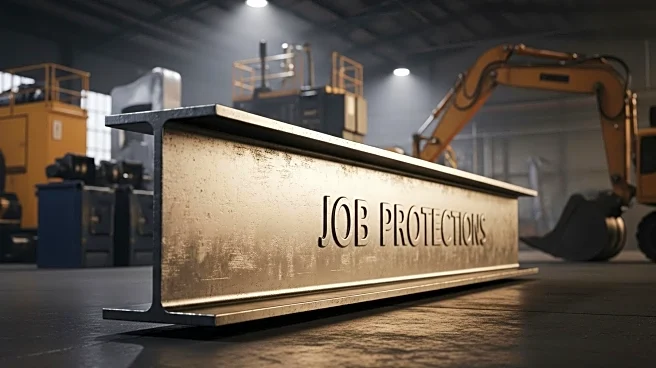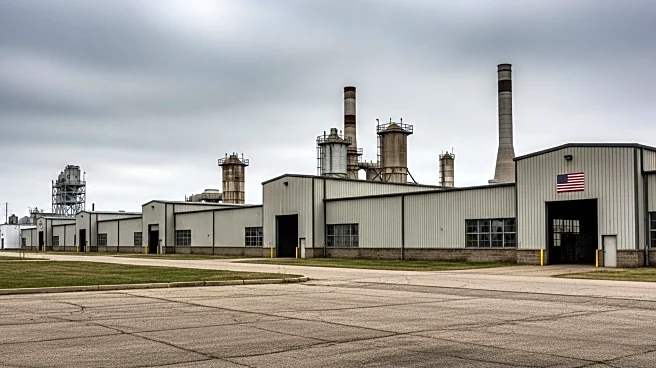What is the story about?
What's Happening?
President Trump is implementing significant changes to federal policies aimed at promoting economic growth. These include dismantling trade policies that prioritize globalization, easing federal regulations, and reinstating business-friendly tax benefits. However, experts argue that a comprehensive workforce strategy is essential to support these initiatives. The U.S. faces challenges in education and skills development, with a reliance on immigration to fill STEM positions. Enhancing vocational education and promoting apprenticeship programs are suggested as ways to improve workforce readiness and support economic expansion.
Why It's Important?
A robust workforce strategy is crucial for the success of President Trump's economic program, which focuses on boosting American manufacturing and high-tech industries. Addressing skills gaps and improving education systems can enhance the competitiveness of U.S. workers, reducing dependency on foreign labor. Effective workforce development can lead to sustainable economic growth, increased job creation, and improved living standards. The strategy's success could influence future administrations' policies and shape the U.S. labor market, impacting industries and economic stakeholders nationwide.
What's Next?
The federal government may consider revising immigration policies to attract skilled workers and support economic growth. Enhancing vocational education and apprenticeship programs could become a priority, with potential investments in public schools and training initiatives. Stakeholders, including educators, industry leaders, and policymakers, will likely engage in discussions to address workforce challenges and develop strategies for long-term economic prosperity. Monitoring the impact of these policies on job creation and economic performance will be essential in evaluating their effectiveness.
AI Generated Content
Do you find this article useful?














